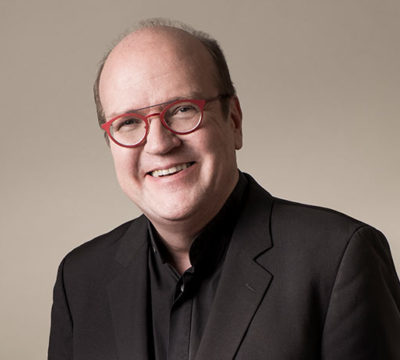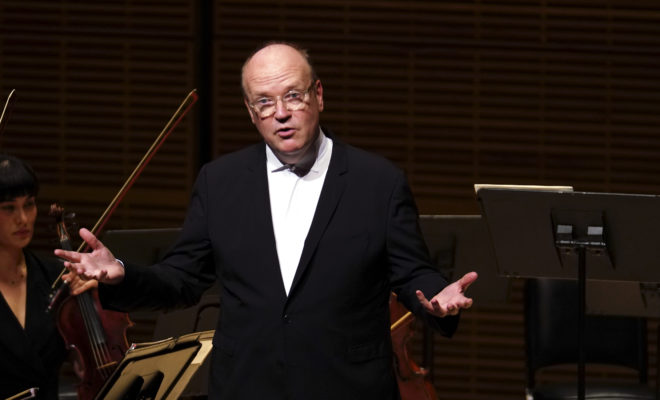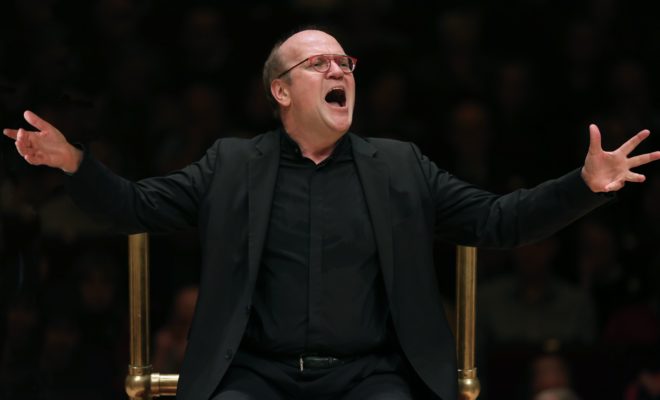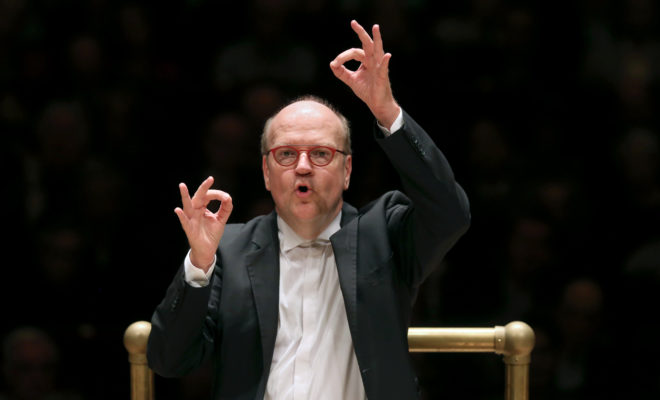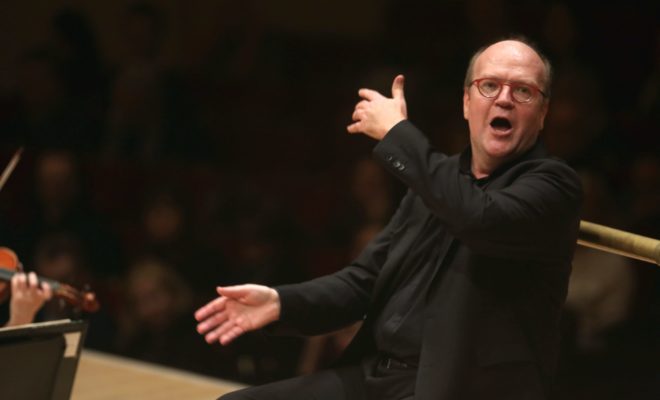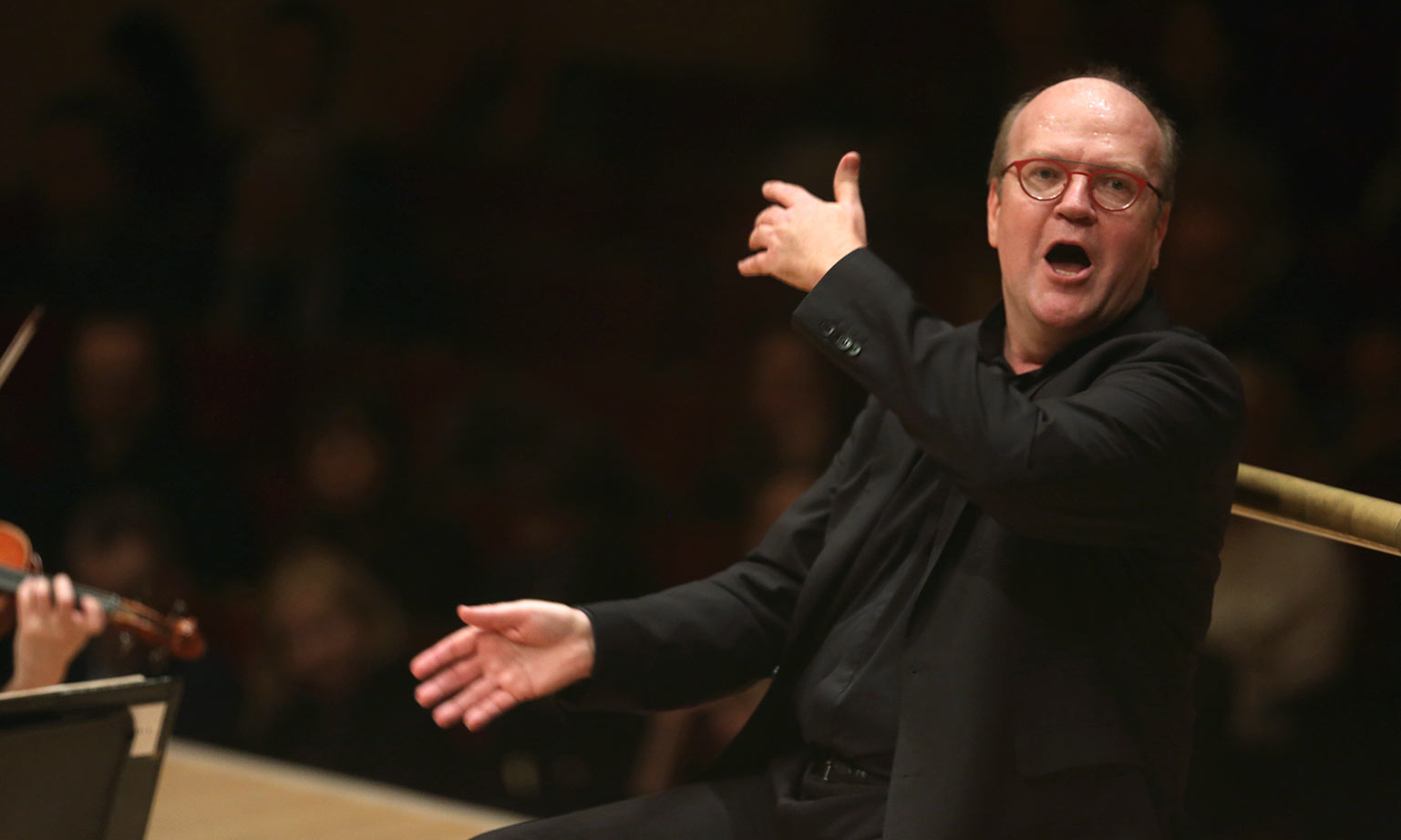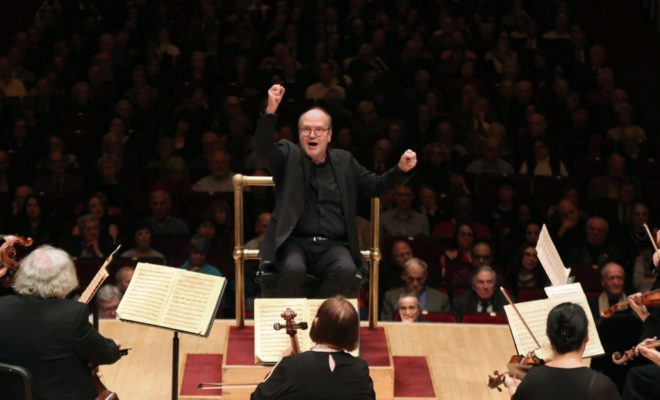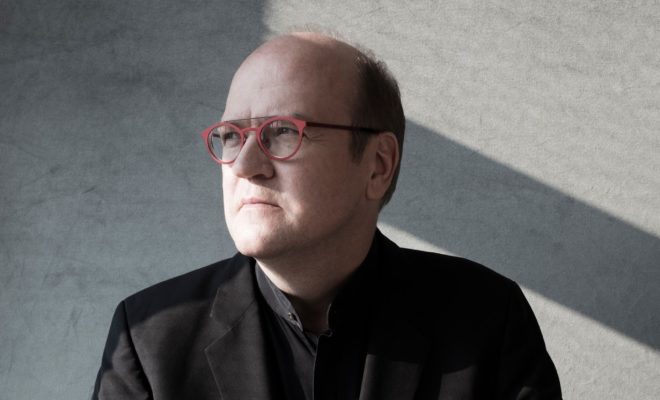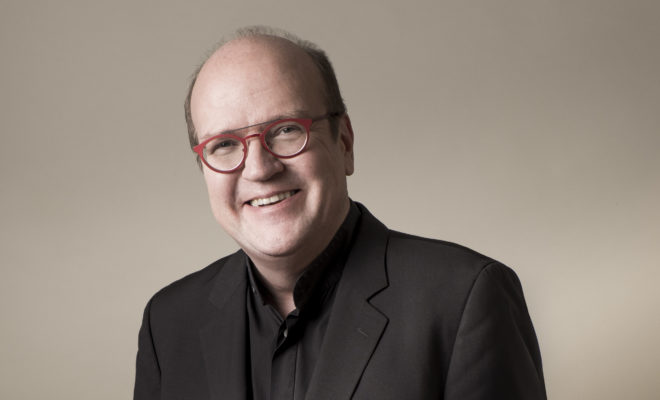Bach, like many of his contemporaries, had a habit of collecting and organizing pieces of similar nature in groups of six or its multiples.
You might very well have seen or even own a recording of Bach’s six “official” motets BWV 225-230. A seventh one (BWV 231), whose authenticity has been doubted very early on, is now recognized as original by many, but because it is actually a transcription (of possibly spurious origin) of a chorus from cantata BWV 28, it is often left out of the group of six.
In any case, beware of numbers.
First of all, these motets do not belong to any unified corpus: they are all independent pieces composed for various occasions, and Bach never sought to collect them as a single opus. Most of them were probably intended for funerals or commemorative events – the famous Akzidentien which allowed Bach to make a little extra money year in year out.
How many motets by Bach do we really have?
First let us attempt to define a motet vs. a cantata:
- In Bach’s practice, “motet” refers to a polyphonic composition for voices, often accompanied by continuo, although there are still doubts about that practice. Instruments sometimes double voices (we say they play colla parte: “with the parts”, i.e. following voices) but don’t have an autonomous role. A motet can be built in a few blocks or in many: for instance Jesu meine Feude BWV 227, contains upwards of eleven.
- A cantata is usually made up of a certain number of movements of different genres: sinfonia, chorus, chorale, recitative, aria (for one or two voices), etc. A motet can constitute one movement, often the opening chorus, of a cantata or a mass, such as in the opening of the Mass in G major, BWV 236. Many cantata movements are based on a single chorale melody; we call it then a “chorale cantata.” Christ lag in Todesbanden BWV 4 is the quintessential example, the chorale being used in every movement.
However, Bach did not use the word “cantata”: he called this genre “concerto”, a term which was applicable to both vocal and instrumental compositions.
Are we all mixed up now?
Musical genres in the early 18th century cannot be easily categorized, and hybrids abound. For instance, what do we call a motet-like piece for choir and instruments in one movement where the instruments deviate from motet ‘norms’: they play their own independent parts and are not limited to doubling voices?
Early editors classified these pieces as “regular” cantatas. There are two of them in the standard corpus: BWV 50 (Nun ist das Heil und die Kraft) and BWV 118 (O Jesu Christ, meins Lebens Licht). A piece like Der Gerechte kommt um which does not yet have a BWV catalog number (it certainly deserves one) belongs to that category as well. In my mind these pieces are more motets than anything and should not be placed alongside cantatas.
Beyond issues of nature and terminology, one question however looms large over the corpus of motets we have: were they all composed by Bach?
Two motets have over time experienced opposite fates. Lobet den Herrn BWV 231, a festive and exuberant composition in three sections which was definitely not intended for funerals, was originally admitted in the corpus of authentic motets, although available sources are very remote from the composer: the earliest one we have is the first printed edition from 1821, and the autograph (manuscript) is lost. The four-part writing for the choir (Bach usually goes for five or more often eight parts), the presence of an independent continuo line and the analysis of its structural elements set it apart from the other motets we have and cast doubt on its authenticity. Whatever its origin, it is a phenomenal piece of music.
Another motet experienced a similar fate in reverse: Ich lasse dich nicht BWV Anh. 159 “Ahn.” is an abbreviation for Anhang, which means “appendix”. This work was initially published as a motet by Johann Sebastian in 1802, and was later attributed to Johann Christoph Bach (1642-1702) who was the cousin of Bach’s father, Johann Ambrosius. Johann Christoph was a highly gifted musician who had a troubled life (he dealt with some serious financial difficulties), and was dubbed “the profound composer” by Johann Sebastian in his “Genealogy” of the Bach family written in 1735. In 1999 however, the musicologist Christoph Wolff discovered in Kiev a copy of the piece partly in J.S. Bach’s handwriting. It is therefore certain that Bach knew the piece and most likely performed it.
The consensus now is that this is probably a piece by J.S. composed earlier than the other motets we have, possibly in Weimar around 1712 or 1713. A concluding chorale, which is undoubtedly by J.S. Bach (BWV 421), was probably added in the 19th century but for sure does not belong to the original.
This long and tortuous story explains why Ich lasse dich nicht BWV Anh. 159 (not to be confused with cantata BWV 157 which bears the same title) is by far the least known amongst all of Bach motets; it is also in my opinion one of the most touching and deeply expressive in its utmost simplicity.
The first of its two sections, a game of questions and answers between two four-part choruses, has a melancholic quality stemming out of its deceptively simple construction:
|
I will not let you go until you bless me, my Jesus! |
The second section, where the two choruses merge into one, is a highly original chorale fantasia: while altos, tenors and basses create an intricate polyphonic web reusing the text of the first section, sopranos sing a chorale on a new text (using the melody Warum betrübst du dich, mein Herz? – “Why are you troubled, my heart?”).
|
Since you are my God and father, |
|
You will not abandon your child, |
|
You have a father’s heart! |
|
I am a poor clod of earth, |
|
On earth I know no consolation. |
As it stands in the form which has reached us, Ich lasse dich nicht is amongst the shortest of Bach’s motets. Perhaps what we have is just a fragment which was minimally concluded by a simply harmonized version of the chorale used in the second section, as it was customary with funeral motets in Leipzig. Maybe it is part Johann Christoph, part Johann Sebastian… It is difficult here to draw a line between the old northern German school and the more modern style which J.S. was creating out of it early in his career; maybe the two are mixed here in some dual but inextricable mystery.
Whatever we are missing, I find it surreal that for decades this piece has been left out of the Bach canon on the assumption of editors. Its mixture of gravitas and simplicity and the originality of the treatment of the text in the second section point to the work of a great master. We just don’t know how old, or young, he was.
